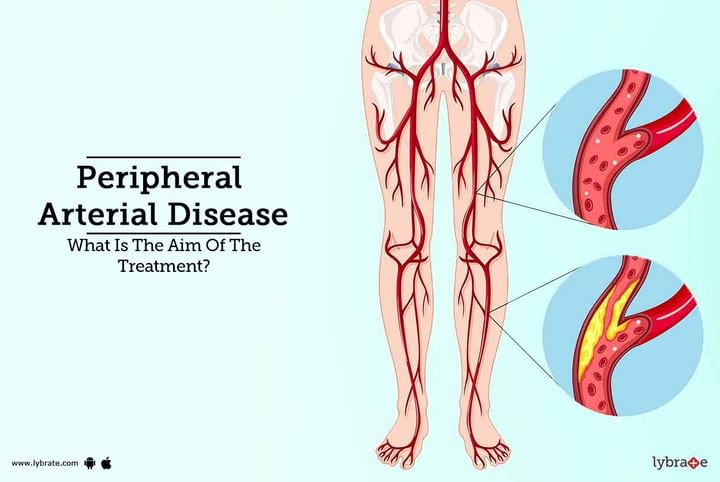Peripheral Arterial Disease - What Is The Aim Of The Treatment?
Peripheral arterial disease (PAD) refers to the narrowing of blood vessels that in turn causes poor blood flow to the limbs. This is also known as peripheral vascular disease. The blood vessels of the legs are most susceptible to this condition. PAD is typically caused by a buildup of plaque in the blood vessels. This limits the amount of blood that can pass through the arteries. High cholesterol, blood pressure and smoking are all contributors to this condition.
Treatment for the Peripheral arterial disease aims at
- Relieving the symptoms of this condition and reducing the risk of a heart attack or stroke.
- Lifestyle changes are the first aspect of treating this condition. If the patient smokes, it is imperative for them to stop doing so.
- In addition, the patient must have a healthy, well-balanced diet and exercise regularly. The patient should limit the number of fats and carbohydrates being consumed and increase the number of vegetables and fruits in his or her diet.
- This can help maintain a healthy body weight. In addition, cholesterol and blood pressure levels should also be maintained at normal levels.
- Medication may be needed in some cases. Diabetics must also ensure that their blood sugar levels are maintained at healthy levels. In some cases, a cardiac rehabilitation program may be advised. This program educates the patient about the disease and helps them build healthy habits.
- Lifestyle changes often need to be supplemented with medication. Medication may also be prescribed to lower the risk of a stroke or heart attack. If the patient suffers from high cholesterol levels, he or she may be prescribed medication to help lower the cholesterol levels.
- Similarly, medication will be prescribed in cases of high blood pressure. Medication may also be prescribed to help prevent blood clots. If the lifestyle changes do not relieve the pain caused by PAD, medication may also be prescribed for the same.
In patients suffering from severe peripheral arterial disease, a bypass surgery or an angioplasty may be required. This surgery aims at opening out the narrowed arteries and rerouting blood around the blockages. In very rare cases of advanced PAD, a lack of blood flow can also cause the death of the tissue in the foot or leg. In such cases, the foot or leg will need to be amputated. This is usually seen only if the patient also suffers from diabetes.
In case you have a concern or query you can always consult an expert & get answers to your questions!



+1.svg)
